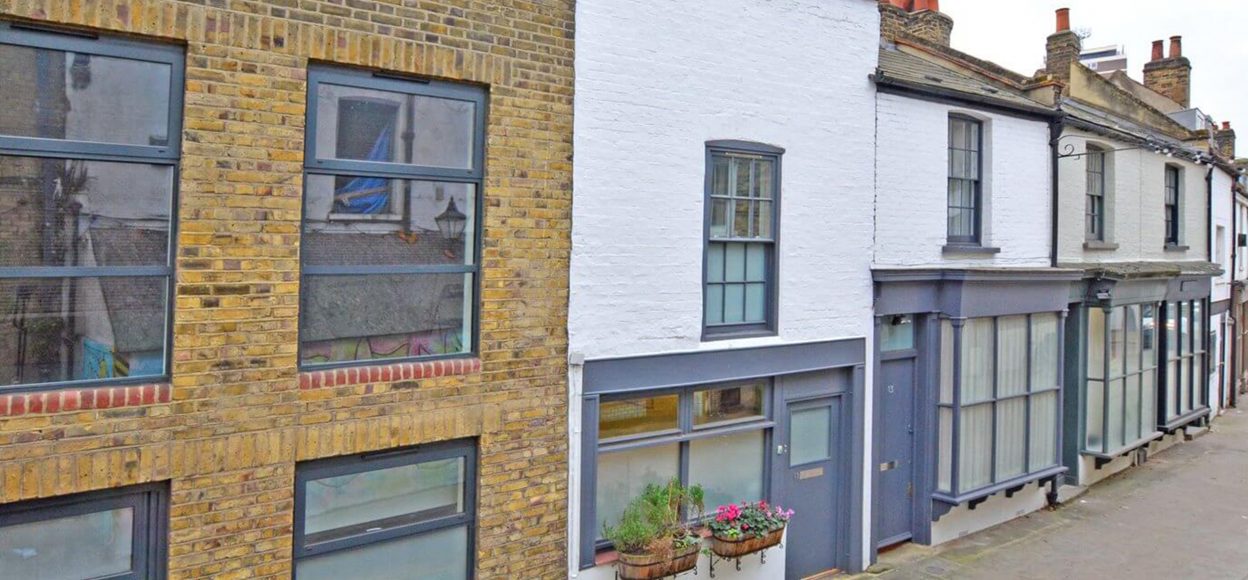Last September, the Government introduced the new Use Class E, which brought together a wide range of “town centre” uses and allowed unfettered change between them. The uses include most shops, food and drink, offices, light industry, medical premises, gyms and others.
The regulations contained a confusingly-worded section that effectively said that where Permitted Development Rights (PDR) referred to the previous Use Classes, the old Classes would continue to apply for another year. It was said that the intention was that further changes would be introduced in the meantime.
Political pressure
MHCLG has just finished consulting on a proposal to create a PDR that would allow automatic change of use from any of the Class E uses to residential. All the indications are that most consultees have many reservations about this, fearing that – unless very tightly circumscribed by restrictions – the right would allow residential use to break up town centres, and commercial and industrial areas, as well as leading to some patently unsuitable buildings being used for housing. However, it seems likely that ministers are likely to push the new right through: another instance of COVID-19 and changing consumer habits being used as a front for changes that are essentially ideologically driven.
The Article 4 question
The question arises as to what will happen to the various Article 4 Directions and exclusions that are now in place. The whole of London’s Central Activities Zone and the whole of the Royal Borough of Kensington & Chelsea are currently protected from automatic change from office to residential; and Boroughs such as Camden and Islington have made Article 4 Directions to protect particular areas or buildings. Will these restrictions be swept away at the end of August, and a free-for-all ensue? Councils will be able to make new Article 4 Directions, but effectively not for twelve months, and a lot of irreversible change can happen in twelve months.
Unintended consequences
Some property owners and developers will rub their hands at this prospect. Others, including many investors and other property owners, will be dismayed at another measure that will erode confidence in the property market. In general, those who invest in “bricks and mortar” are attracted by the prospect of a solid investment. If that solidity is undermined by the system allowing problematical changes of use without effective regulation, the very basis for investment is undermined.
Revive, not contrive?
We can all see that town centres need help to survive, let alone recover and thrive. It would be wise for the Government to concentrate its focus on that challenge, rather than introducing wholesale changes that could have widespread damaging consequences. And even in town centres, let us hope that wise counsel will prevail. It is not going to help a town centre if there are three shops here, then quarter of a mile of residential conversion before a further two shops there.

